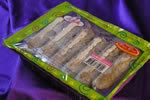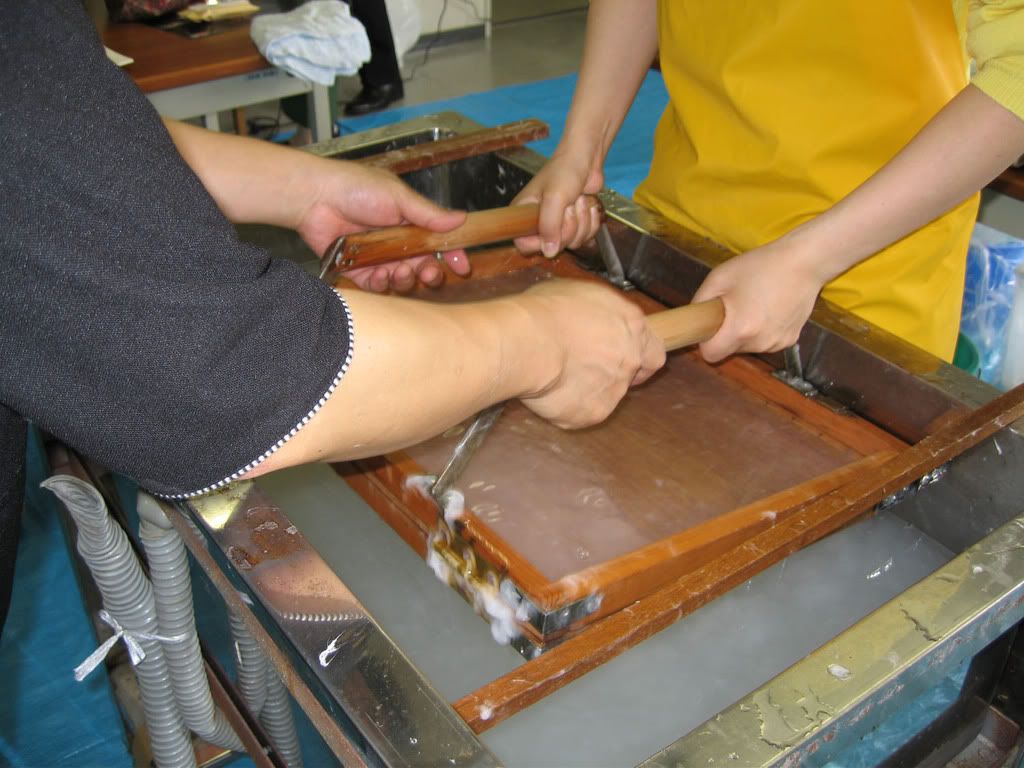
Materials:
Waterbath
Melt-and-pour soap base
essental oils /scent
additives: cinnamon, papaya extract , moisturizers.
Procedure:
1. Cut the melt-and-pour soap base to small pieces.
2. Melt it in a water bath.
3. Stir your soap.
4. You could add coloring, scent and additives.. Example of scent is Ylang ylang, cinnamon,laurel etc.
Additive could be aloe vera for dry and burned skin, glycerin, moisturizes skin, otamel exfoliate skins.
5 Afterwards pour your. melted soap to the molder. You could spray a releasing agent like vegetable oil so that the soap can be easily removed from the molder.
6 You could spray lightly alcohol on the soap to eliminate bubbles that form on the surface of the soap.
7 If the soap solidify remove it and let it harden for another 3 hours.
source: Making candle and soaps
picture from: creationherbal.com


